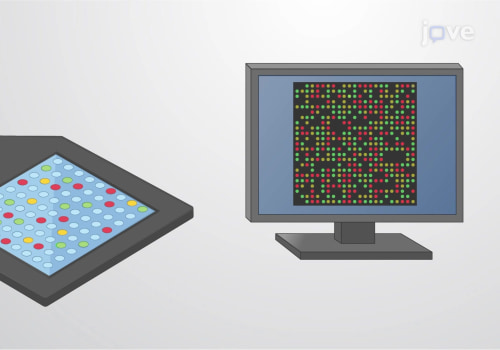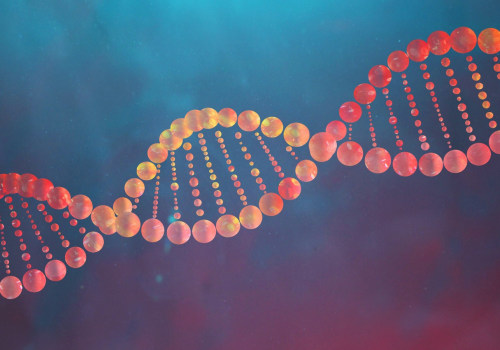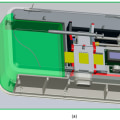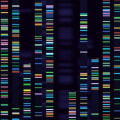Mutation analysis techniques are powerful tools for understanding biological processes and uncovering the causes of genetic diseases. They enable researchers to identify, analyze and track changes in DNA structure and sequence, providing insight into the genetic basis of diseases. With the advancement of technology, mutation analysis techniques have become increasingly sophisticated and widely used in research, diagnostics, and therapy. In this article, we will discuss the various mutation analysis techniques available today and how they are used to help uncover the causes of genetic diseases. Mutation analysis is a process of identifying and analyzing changes in the structure or sequence of a gene or chromosome.
It can be used to investigate the cause of a disease, or to identify potential targets for therapeutic intervention. By analyzing the genetic changes associated with a particular disorder, researchers can gain insight into the underlying mechanisms and develop new treatments. Additionally, mutation analysis provides a powerful tool for understanding the genetic basis of disease and for tracking the evolution of a disease over time. Mutation analysis techniques can range from simple DNA sequencing to more advanced methods such as gene expression profiling. In this article, we will explore some of the most commonly used mutation analysis techniques, including DNA sequencing, gene expression profiling, and bioinformatics-based approaches.
We will also discuss how these techniques are used in research and clinical settings. The most common technique used to detect mutations is sequencing. This involves taking a sample of DNA and sequencing its nucleotides. By comparing the sequence to a reference sequence, any differences can be identified. This technique is used to identify single nucleotide polymorphisms (SNPs), which are single-base changes that can affect an organism’s phenotype.
Another technique is restriction fragment length polymorphism (RFLP) analysis. This technique involves cutting the DNA at specific sites using enzymes, and then separating the fragments based on size. Any differences in fragment size can indicate a mutation. Other techniques include polymerase chain reaction (PCR), which amplifies target DNA sequences, and Southern blotting, which is used to detect specific sequences of DNA.
Mutation analysis techniques have a number of applications. They can be used to diagnose genetic disorders, identify cancer-causing mutations, and investigate evolutionary relationships between species. They can also be used to detect genetic markers associated with certain traits, such as disease susceptibility or resistance. In addition, mutation analysis can be used to identify pathogens and track their spread through populations.
Benefits of Mutation Analysis
Mutation analysis provides many important benefits for researchers.It allows them to gain a better understanding of the genetic basis of diseases and identify potential therapeutic targets for drug development. Additionally, mutation analysis can be used to trace the evolution of species over time, as well as to identify genetic markers associated with certain traits, such as disease susceptibility or resistance. Mutation analysis is a powerful tool for understanding how diseases develop and how organisms evolve. By providing insights into the genetic basis of diseases, it can help researchers develop treatments and therapies that target specific mutations. It can also be used to trace the evolutionary history of a species or population by analyzing the changes in its genetic makeup over time. Furthermore, mutation analysis can be used to identify genetic markers associated with certain traits.
For example, certain mutations may be associated with increased risk of disease, while others may indicate resistance to certain conditions. By studying these mutations, scientists can gain valuable insights into how certain traits are inherited and how they manifest in different individuals. Overall, mutation analysis is a powerful tool for understanding the genetic basis of diseases and tracing the evolution of species over time. It can also provide valuable insights into genetic markers associated with certain traits, allowing researchers to develop more effective treatments and therapies. In conclusion, mutation analysis is an invaluable tool for investigating genetic variation, its effects on human health and disease, and evolutionary processes. The various techniques used to detect and analyze mutations in DNA can provide invaluable insights into the mechanisms underlying genetic disorders and other complex diseases.
By utilizing these techniques, researchers can gain a better understanding of how diseases develop, how organisms evolve, and the potential implications of certain genetic mutations. Ultimately, mutation analysis is an essential component of modern molecular biology research.











